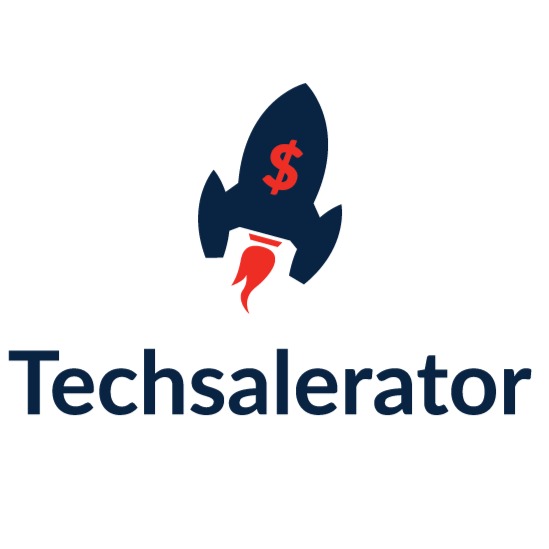
Top Translation Data Providers
Understanding Translation Data
Translation data plays a crucial role in various language-related tasks, such as language localization, cross-cultural communication, and multilingual content creation. It encompasses diverse types of data, including:
- Bilingual Corpora: Collections of parallel texts or sentences in two or more languages, aligned at the sentence or phrase level. Bilingual corpora are used to train machine translation models and evaluate translation quality.
- Terminology Databases: Lexical resources containing translations of terms, phrases, and specialized vocabulary across different languages. Terminology databases help ensure consistency and accuracy in translation output, especially in technical or domain-specific contexts.
- Language Models: Statistical models trained on large amounts of text data in a specific language, used to generate or predict sequences of words in a coherent manner. Language models are employed in various natural language processing tasks, including machine translation.
- Parallel Texts: Texts or documents that are translations of each other, allowing for direct comparison and alignment between source and target language segments. Parallel texts are essential for training and evaluating translation systems.
- Translation Memories: Databases that store previously translated segments or sentences, along with their corresponding source and target language pairs. Translation memories are used in computer-assisted translation tools to aid translators in reusing and maintaining consistency across translations.
Top Translation Data Providers
- Leadniaga : Leadniaga offers comprehensive translation data solutions, including multilingual corpora, language models, and machine translation APIs, empowering businesses and developers to build high-quality translation applications.
- Google Translate: Google Translate provides access to a vast amount of translation data through its machine translation service, which leverages neural machine translation models trained on large-scale multilingual datasets.
- Microsoft Translator: Microsoft Translator offers translation APIs and services powered by state-of-the-art neural machine translation technology, trained on diverse and extensive language datasets.
- Open Parallel Corpus: Open Parallel Corpus is an open-source initiative that provides access to bilingual corpora and parallel texts in multiple languages, facilitating research and development in machine translation and natural language processing.
- European Language Resources Association (ELRA): ELRA offers a wide range of language resources and datasets for various languages, including parallel corpora, monolingual texts, and linguistic tools, supporting language technology research and development worldwide.
Importance of Translation Data
Translation data is essential for various applications and industries, including:
- Cross-Cultural Communication: Translation data enables effective communication across language barriers, facilitating interactions between individuals, businesses, and organizations from different linguistic and cultural backgrounds.
- Globalization and Localization: Translation data supports the localization of products, services, and content for international markets, ensuring that they are linguistically and culturally appropriate for target audiences.
- Language Technology Development: Translation data fuels the advancement of machine translation systems, natural language processing algorithms, and language understanding models, driving innovation in language technology research and development.
- Multilingual Content Creation: Translation data facilitates the creation of multilingual content, such as websites, documents, and multimedia materials, enabling businesses to reach a global audience and expand their market reach.
Applications of Translation Data
Translation data is utilized in various applications and use cases, including:
- Machine Translation: Translation data is used to train machine translation models that automatically translate text or speech from one language to another, enabling real-time communication and information access across languages.
- Computer-Assisted Translation: Translation data powers computer-assisted translation tools that aid human translators in the process of translating documents or content by providing suggestions, terminology assistance, and translation memory functionalities.
- Language Modeling: Translation data contributes to the development of language models used in natural language processing tasks, such as speech recognition, text generation, sentiment analysis, and machine comprehension.
- Cross-Lingual Information Retrieval: Translation data facilitates cross-lingual information retrieval systems that enable users to search for information in one language and retrieve relevant results from documents written in different languages.
Conclusion
In conclusion, translation data is a fundamental resource for developing and advancing translation technologies, enabling effective communication, globalization, and cross-cultural exchange in today's interconnected world. With Leadniaga and other leading providers offering comprehensive translation data solutions, businesses, developers, and researchers have access to the tools and resources needed to build high-quality translation applications, support multilingual content creation, and facilitate cross-lingual communication across diverse languages and cultures. By leveraging translation data effectively, organizations can break down language barriers, foster collaboration, and unlock new opportunities in the global marketplace.
Our Datasets are integrated with :



10,000+ Satisfied Data Customers including :








